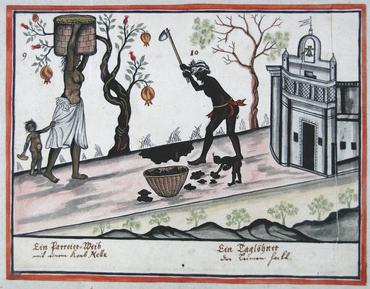The legacy of Ziegenbalg and the debates on caste

The aim of the article is twofold: One, to illustrate aspects of cultural encounters, and two, to show how ‘history’ and ‘history writing’ may be enlisted with the purpose of providing legitimacy, not least in the conflicts that sometimes are the result of cultural encounters. More specifically, the article shows how the foundation narrative of the Lutheran Church in south India, centred around the German missionary, Bartolomäus Ziegenbalg (the ‘Ziegenbalg myth’), has been used till the present day with various purposes. This was also the case in the latter half of the nineteenth century when a harsh conflict broke out between the Lutheran missionaries who took a lenient and more accommodating stand concerning the caste institution, and the Protestant (Anglican) bishop and missionaries, who preferred to exclude people from the church rather than tolerate discrimination based on caste. The conflict thus was the result of cultural encounters on two levels: one between European missionaries and indigenous south Indians, and the other between two competing groups of European missionaries. Both parties of the European missionaries invoked Ziegenbalg, although for opposing purposes. Finally, it is argued that the high esteem Ziegenbalg holds till this day is a strong indication of the support his work enjoyed through the centuries.
Schönbeck, Oluf. (2009). “The legacy of Tranquebar: The “Ziegenbalg myth” and the debates on caste”, in Esther Fihl and A.R. Venkatachalapathy (eds.), Cultural Encounters in Tranquebar: Past and Present. Special issue of Review of Development and Change, vol. XIV, no. 1-2.
